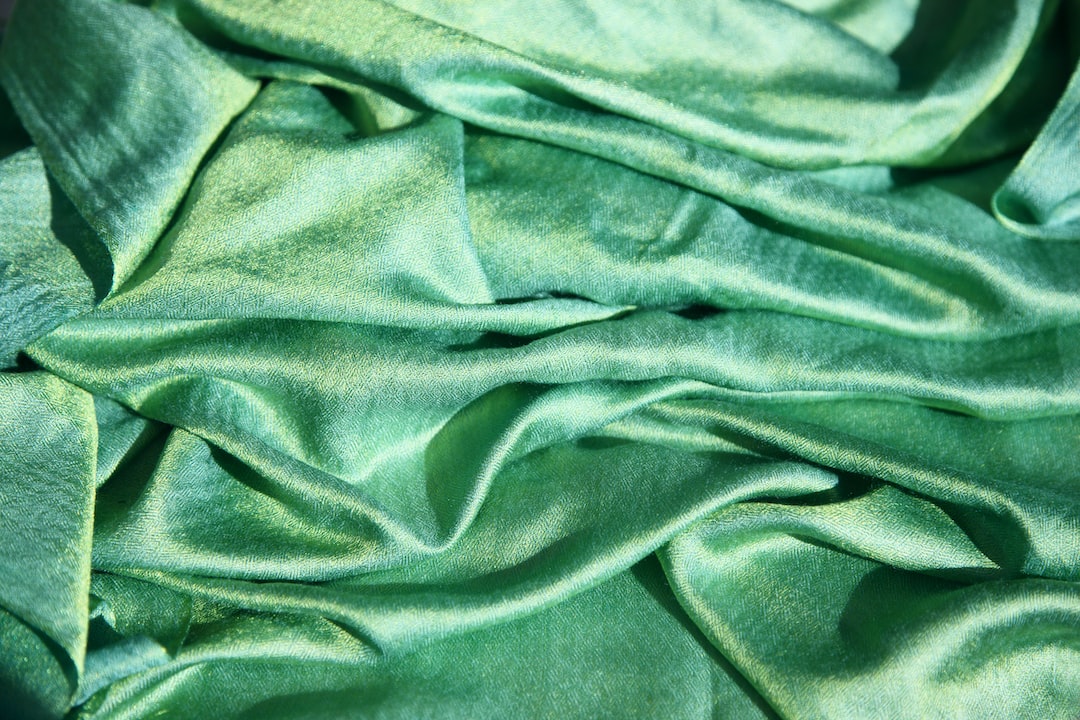Land art, also known as earth art or environmental art, is a unique form of artistic expression that uses natural materials and landscapes to create awe-inspiring outdoor installations. It emerged in the late 1960s as a reaction against the commodification of art and the limitations of traditional gallery spaces. Land art artists sought to break free from the constraints of the art world and connect with nature in a profound and impactful way.
The beauty of land art lies in its ability to bring art and nature together, transforming natural landscapes into living, breathing works of art. Instead of creating artworks that are detached from their environment, land artists aim to integrate their sculptures into the natural setting, blurring the boundaries between art and nature.
One of the most famous land art installations is Robert Smithson’s “Spiral Jetty”. Created in 1970, this massive earthwork is located in the Great Salt Lake, Utah. Smithson used rocks, earth, and other natural materials to construct a gigantic spiral-shaped jetty that stretches into the lake. “Spiral Jetty” is not only a physical monument but also a reflection on the concept of time, erosion, and the cyclical nature of life. It’s a testament to the power of land art to inspire contemplation and provoke thought.
Another prominent land artist, Andy Goldsworthy, is known for his ephemeral and organic installations. Goldsworthy uses materials found in nature, such as leaves, stones, and branches, to create delicate and intricate sculptures. His ephemeral works are subject to the forces of nature, like wind, rain, and decay, and eventually return to the earth from which they were made. Goldsworthy’s art highlights the transient and ever-changing nature of our environment, reminding us of the impermanence of all things.
Land art installations not only challenge traditional boundaries of art but also have the potential to create a deeper connection between viewers and the natural world. When encountering a land art installation, one cannot help but be in awe of the immense creativity and vision required to shape the natural elements into something extraordinary. The land itself becomes a canvas, and the resulting sculptures transform the landscape, ultimately altering the way we perceive and interact with nature.
Land art often creates a sense of harmony and unity between the artwork and its surroundings. The installations are designed to merge seamlessly with the environment, guiding viewers to experience the natural landscape in a new and profound way. By sculpting nature, land artists invite us to appreciate the beauty and intricacies of the world around us, encouraging a deeper understanding and connection to the planet we call home.
In addition to its visual impact, land art can also have a profound ecological and environmental message. Many land artists use their installations to raise awareness about pressing environmental issues, such as deforestation, climate change, and biodiversity loss. Through their artworks, they advocate for the preservation and protection of our natural resources, inviting viewers to reflect on the urgent need for responsible and sustainable practices.
Ultimately, land art is a testament to the power of creativity, imagination, and the human ability to appreciate and interact with the natural world. By sculpting nature, artists create visually stunning and thought-provoking installations that inspire us to see the beauty and wonder that surrounds us every day. Land art invites us to step outside, immerse ourselves in nature, and experience art in an entirely unique and transformative way

